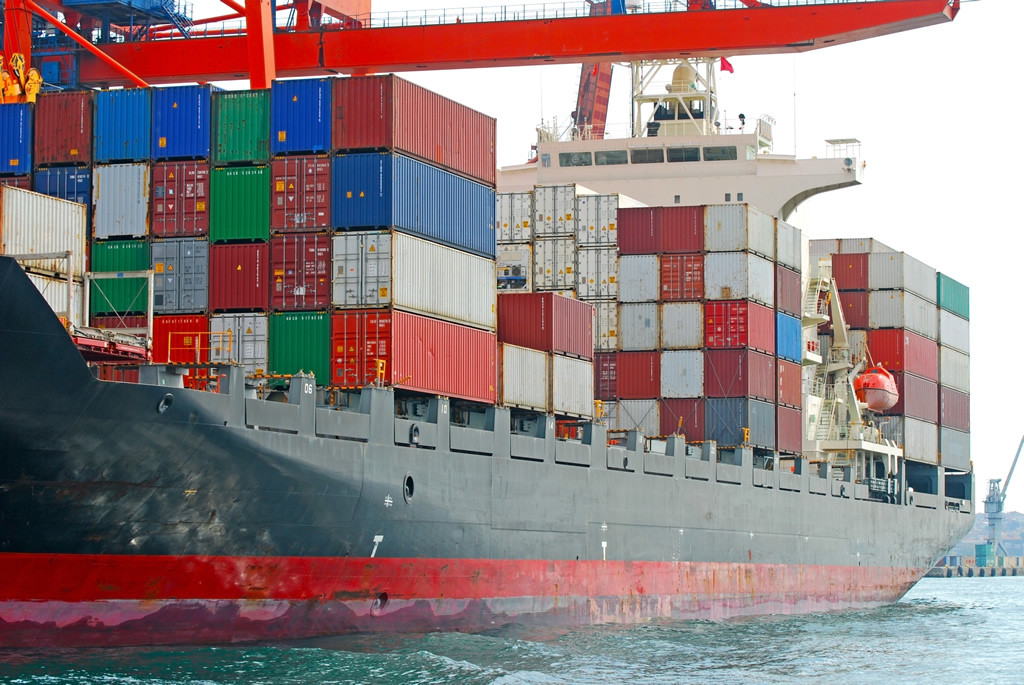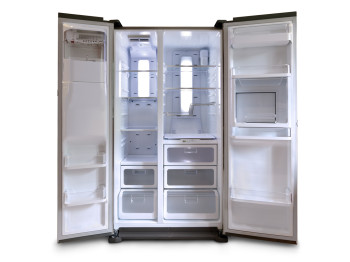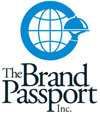Landed Cost
Built For


Do some of these challenges sound familiar?
“My true costs are more than the cost from the vendor – they include, freight, custom, and duty shipping.”
“Not every added cost is spread over items the same way. Some costs are figured by weight, some by value. How do I address this?”
“Added costs at my east coast warehouse are different from those at the west coast facility. How do I handle that?”
The ability to source products from around the world offers businesses opportunities to reduce costs and increase product availability, potentially resulting in strategic and profitability gains.
However, the opportunity also brings the challenge of accurately calculating true cost and profitability analysis.
Product cost
+ Shipping: Costs associated with crating, packing, handling, and freight
+ Customs: Duties, taxes, tariffs, VAT, brokers fees, harbor fees
+ Risk: Insurance, compliance, quality, safety stock cost
+ Overhead: Purchasing staff, due diligence cost, travel, exchange rates
= Landed cost
While landed cost generally refers to the costs associated with importing goods, the calculation, which is also referred to as added cost, is also valuable for determining the true cost for all products.
Nearly everyone uses a version of landed costing in their daily lives.
Let’s say you need a new refrigerator; you will probably do a bit of shopping around before you make your purchase.
The one from the big box store 40 miles away may be $50 less than the one from the appliance store down the street, but when you add in the delivery charge of $100, it may end up being cheaper to buy the higher priced one that is nearby with free delivery.
So, one would assume businesses, when sourcing a product from potential manufacturers or distributors from around the world, would compare the true or total landed cost prior to making purchasing decisions.

Without understanding of the total landed cost, it is nearly impossible to make informed decisions on product sourcing and profitability.
Yet, according to a recent study, only 45% of the respondents stated they used total landed cost extensively.
Reasons cited as to why total landed cost was not used included necessary data not available (49%), did not have the right tools (48%), did not have sufficient time for analysis (31%) and not sure how to apply landed cost (27%).
Landed cost with Acctivate
Acctivate’s landed cost, or added cost, can include additional costs associated with the acquired goods such as duties, taxes, VAT, government fees, freight and insurance in product valuation, whether the costs are known at the time of receipt of the goods, or sometime after.
In addition to landed cost, award-winning Acctivate’s capabilities include powerful inventory management, sales and customer service, advanced purchasing, and tools that will help you understand and grow your business.
Video Length: 2 min.
Call us at 817-870-1311


